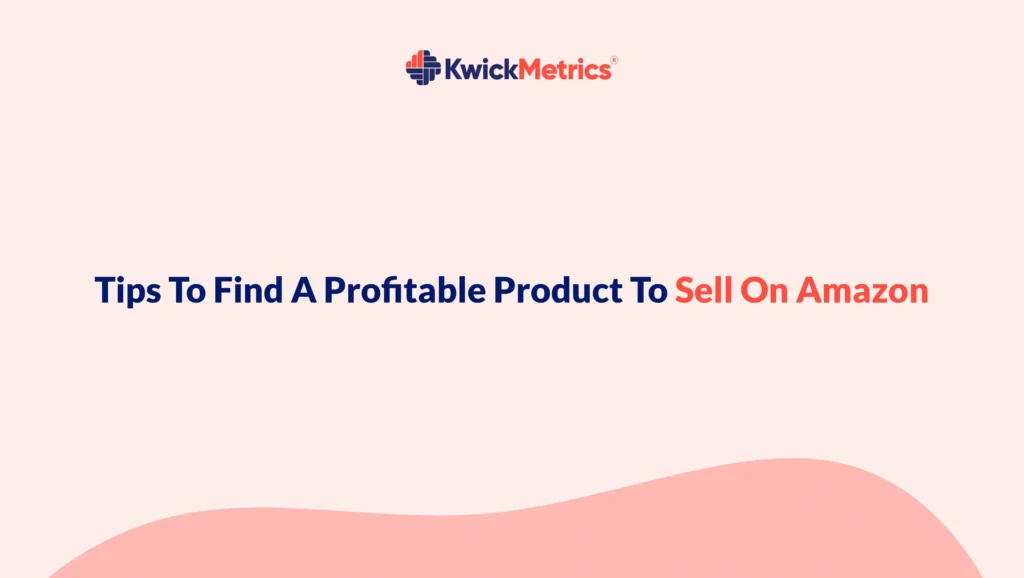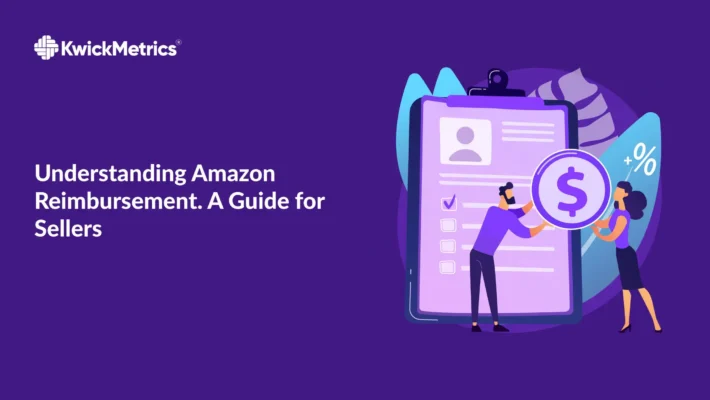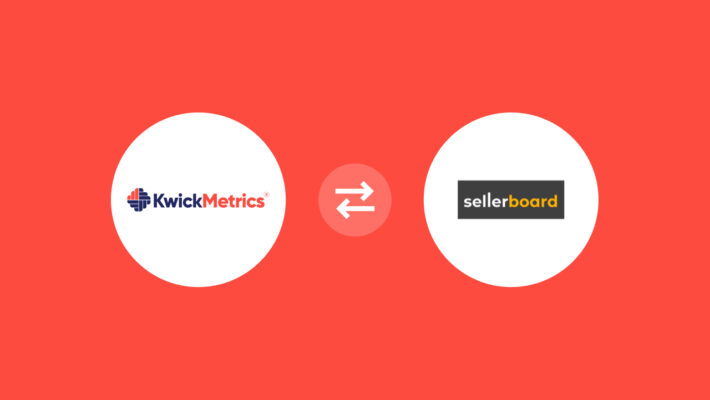Tips To Find A Profitable Product to Sell On Amazon

You might not be aware that anyone can sell goods on Amazon.com. You have the opportunity to reach millions of customers on Amazon, regardless of whether you are a Fortune 500 company or a one-person operation selling goods from your apartment.
In 2022, this is still valid. Amazon is still a sizable market with plenty of prospects for new sellers to make some money, even though the competition has been increasing for a while. Making an accurate decision based on insightful data will be simpler for sellers with Amazon analytics tools.
Tips for finding profitable products to sell on Amazon
What to market using FBA on Amazon?
The exciting part is now finding a product to sell! This step must be completed carefully, so take your time. If you speed through the product research process, you might produce something no one wants to buy.
How to find a profitable product that is in high demand and faces little competition on Amazon
You must evaluate potential effects on profitability, market, and competition to identify a good item to sell on Amazon.
Business success:
You must be certain that each product sale will result in a profit before you decide to sell it. We typically take the rule of threes into account to estimate this:
One-third of the transaction is used for fees, One third for your advertising and marketing costs, and the remaining One third is yours to keep, and that is your profit.
While exceptions exist to this rule, at the very least, keep it in mind when studying your product.
Costs to sell on Amazon:
Landed prices: This covers the expenses related to manufacturing, packaging, and shipping your goods to an Amazon fulfillment facility.
Price of goods
Inspecting costs
Costs of shipping by air or water
Duties and taxes
Amazon charges: You must be aware of all the expenses related to selling with FBA if you wish to sell on Amazon.
Referral fee: Also known as Amazon’s “commission,” this fee is normally 15% of each sale.
Selling plan cost: Individual sellers pay $0.99 for each transaction, while professionals pay $39.99 per month (no monthly fee).
Fees for FBA: If you sell products through FBA, you will be assessed a per-product fulfillment fee to take care of order picking, packaging, and shipping.
The weight and dimensions of your product determine the FBA fee.
Storage costs: Depending on how long your inventory has been in storage, Amazon will charge you monthly and long-term storage fees if you keep your goods in one of their warehouses.
Cost of advertising: To generate the initial sales required, most new private label vendors will need to advertise their goods.
Revenue: You must sell a product at a high enough price point to cover all necessary expenses and commissions to make a profit on Amazon.
KwickMetrics - The Business Intelligence and Analytics Tool
Explore 14-day free trial! No credit card required, cancel at any time.
We advise setting a product’s price between $20 and $70 to provide good profit margins. If you sell for less than $20, your profit margins may be far too small after all the costs. Customers might not be prepared to pay this much for an unproven brand if it sells above $70.
Of course, this is only a general recommendation, so you are not required to abide by it. Just be sure to account for every expenditure before making a choice.
Demand: When conducting product research, you must ask yourself these questions. Is this kind of product actively being sought for and bought on Amazon? Is there enough demand in this market for you to introduce a new product? You might not receive the sales you were expecting if there is insufficient demand for these goods.
Competition: How fierce is the rivalry on Amazon for comparable goods? To ascertain a market opportunity for a new product, the product research must include an assessment of the competitors. How many reviews do they currently have, and what are the opinions of other customers? How are their listings presented?
In addition, you should consider the following:
Dimensions and weight of the item (for standard, affordable shipping)
The simplicity of locating/producing the goods
Seasonality
Uniqueness
If you locate a product you may be interested in, research past sales data over time, seasonality, the number of units sold each day, pricing, inventory levels and other factors.




